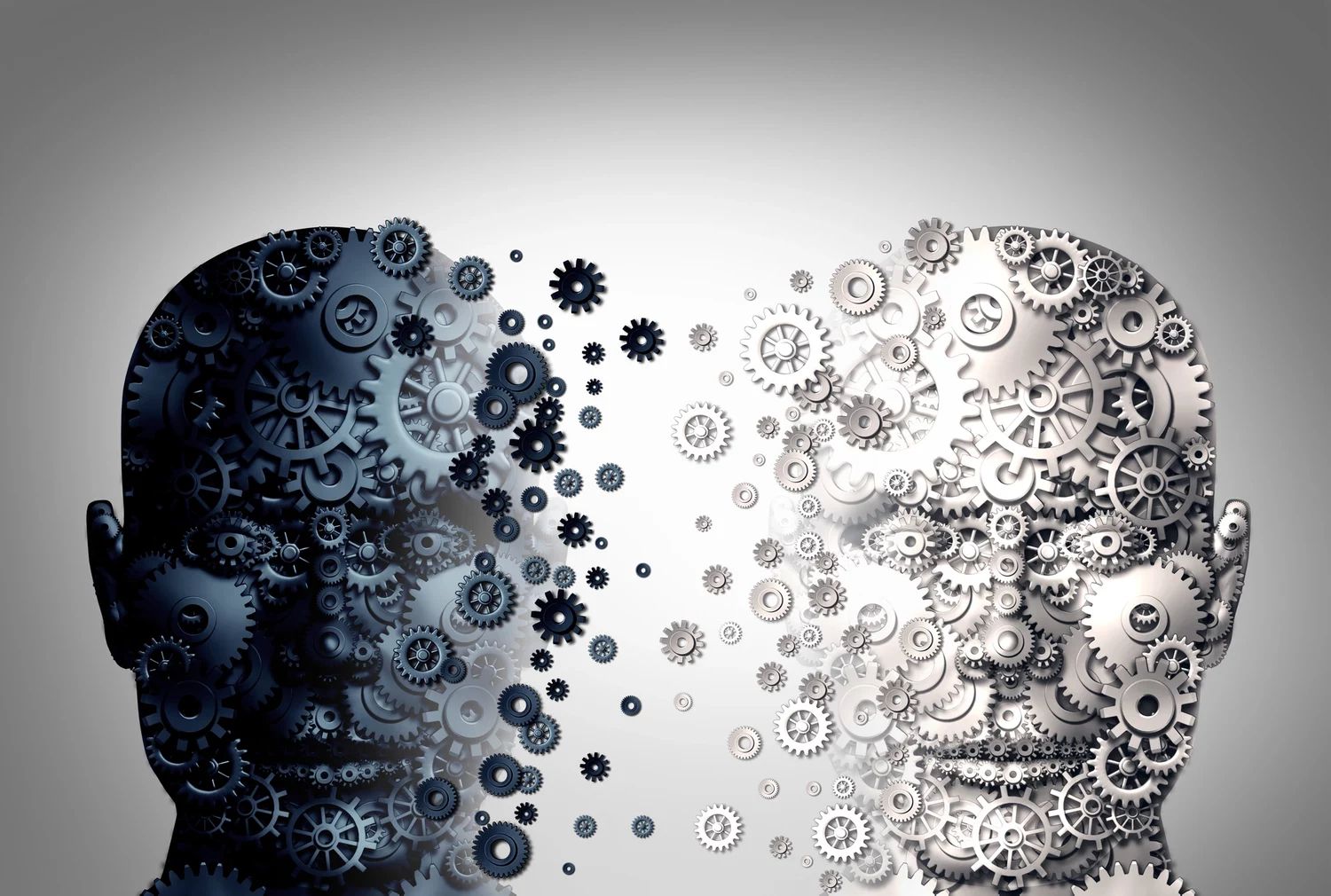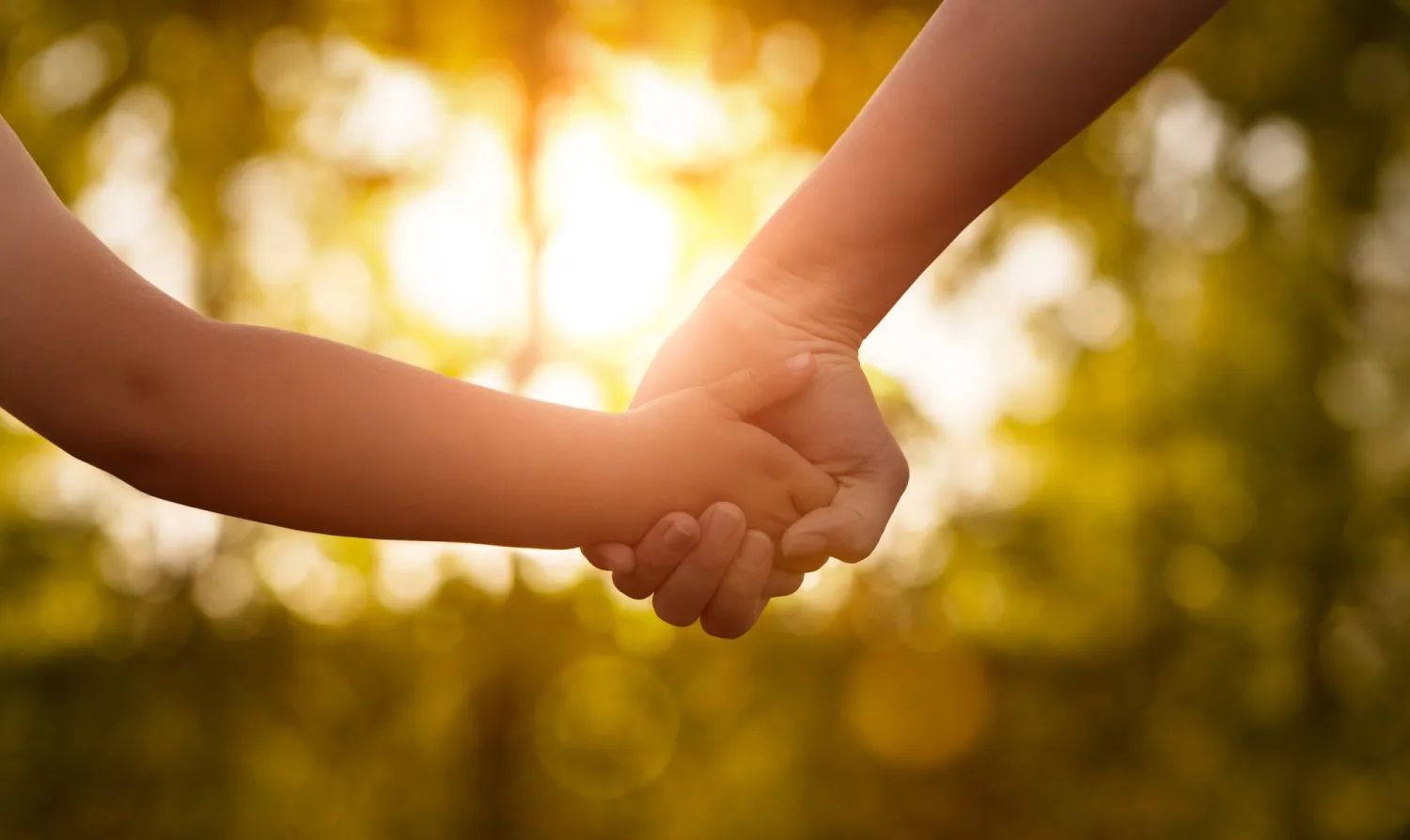Article
The Week in Review: October 31-November 4
Author(s):
From the relationship between psychotic disorders and dementia risk to the major differences between bipolar I and bipolar II, here are highlights from the week in Psychiatric Times.
ronstik_AdobeStock

This week, Psychiatric TimesTM covered a wide variety of psychiatric issues and industry updates, from the relationship between psychotic disorders and dementia risk to major differences between bipolar I and bipolar II. Here are some highlights from the week.
Psychotic Disorders May Nearly Triple Dementia Risk
freshidea_AdobeStock

According to new research, individuals with nonaffective psychotic disorders are 2.5 times more likely than those without a nonaffective psychotic disorder to eventually develop dementia, representing a new avenue of modifiable risk.
In the first high-quality systematic review looking at a range of psychotic disorders and their association with dementia risk, researchers pulled together evidence from close to 13 million participants from 11 studies from 9 countries. The population of interest included adults at least 18 years old with a clinical diagnosis of nonaffective psychosis based on ICD criteria. Results indicated that psychotic disorders may have a stronger link with dementia than other mental health disorders like depression or anxiety. Continue Reading
Renal Function After Lithium Withdrawal
OrawanPattarawimonchai_AdobeStock

Lithium is associated with risk of chronic kidney disease (CKD), with an estimated prevalence of 10% to 35%. Fortunately, only a small proportion of chronic lithium users (perhaps 0.5% to 1%) develop CKD stage 4 or 5 (requiring hemodialysis or transplant). Data on the effects of discontinuing lithium on renal function are sparse and conflicting, and they are based on small samples. However, a Danish cohort study found that continuing lithium after a diagnosis of CKD was not associated with increased risk of developing end-stage CKD. Therefore, an understanding of the effects of lithium discontinuation on renal function would be important for clinical decision-making. Continue Reading
Bipolar I vs Bipolar II: What are the Major Differences in Presentation and Treatment?
FreshIdea_AdobeStock

“Unfortunately, in the great majority of people, both bipolar I disorder and bipolar II disorder—especially bipolar II disorder—are not detected in a timely fashion.”
Roger S. McIntyre, MD, FRCPC, discussed the major differences between bipolar I and bipolar II disorder in a presentation at the 2022 Neuroscience Education Institute (NEI) Congress on November 3. The aim of the presentation was to identify the differences in the clinical presentation and diagnostic criteria associated with each disorder, and to determine the most effective pharmacologic treatments for each one. Continue Reading
Youth Empowerment Starts With “You”
rangizzz_AdobeStock

Youth, for the most part, are viewed collectively as a vulnerable group. Many young adults are referred to as “at-risk youth.” The term youth is difficult to define. According to the United Nations, youth is the period of transition from the dependence of childhood to the independence of adulthood. There is no consensus as to what age group represents that period. YouthPolicy.org defines youth as those under 25 years of age and categorizes them into 3 stages: early adolescence (under 14 years), middle adolescence (15 to 17 years), and late adolescence and early adulthood (18 to 24 years). Individuals are, therefore, considered youth when they are between the ages of 14 and 25 years.
Youth do not live in a vacuum, and their issues should not be viewed, or addressed, in isolation of the bigger familial and societal contexts. Most human suffering happens due to ruptures in interpersonal relations, and most human healing takes place when ruptures are repaired through healing the relationships. This is not an easy task, but to change the current status quo of family dysfunction and human disconnection, it is important that youth be viewed as part of the solution—not only as part of the problem. Continue Reading
See more recent coverage from Psychiatric TimesTM here. And be sure to stay up-to-date by subscribing to the Psychiatric TimesTM E-newsletter.
Do you have a comment on any of these or other articles? Have a good idea for an article and want to write? Interested in sharing your perspectives? Write to us at PTeditor@mmhgroup.com.






